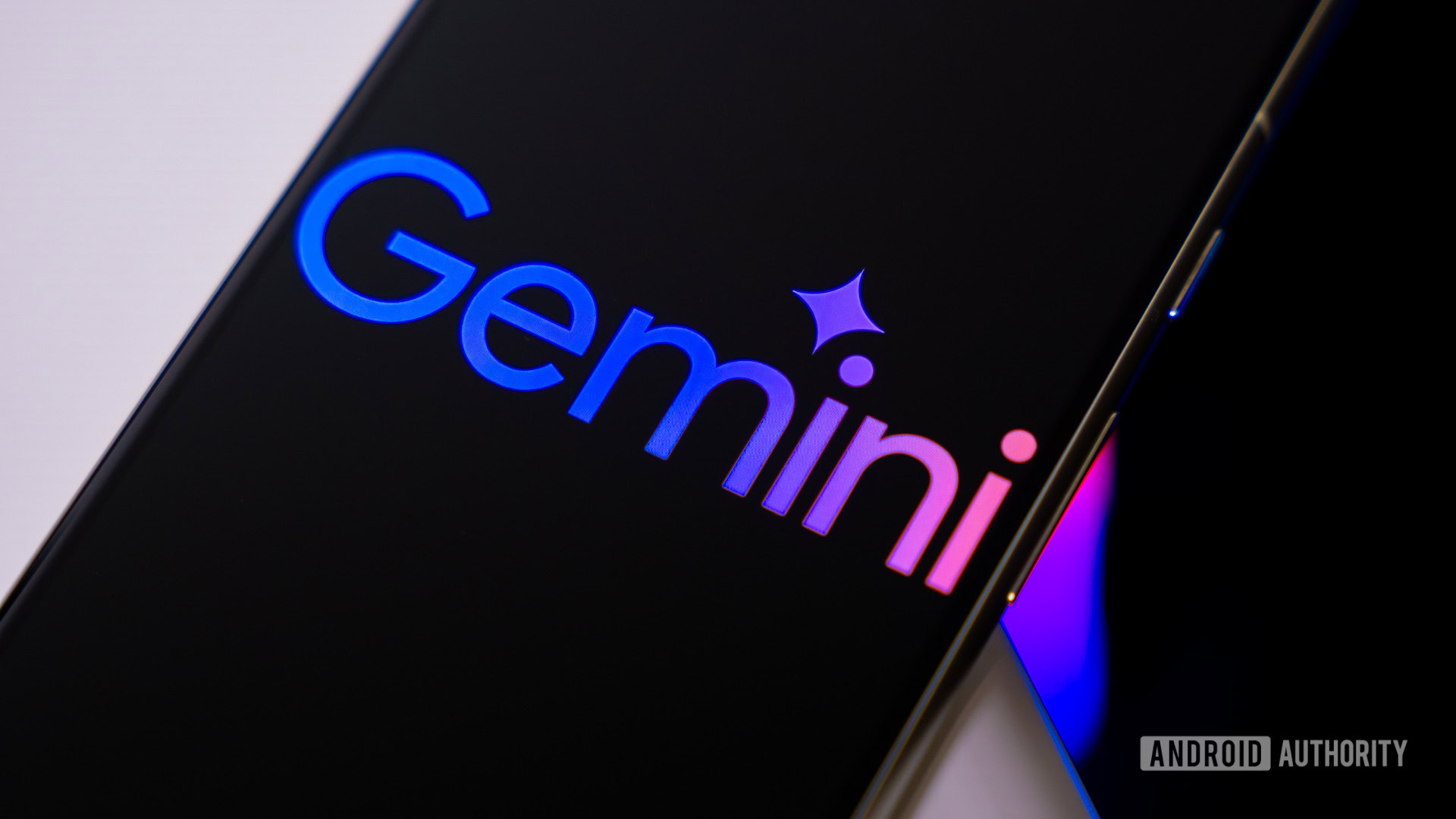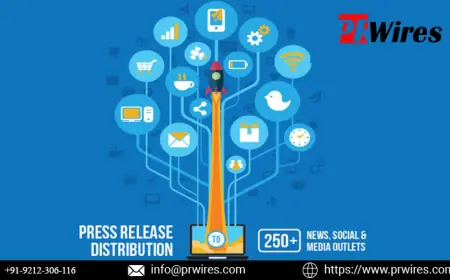Physical Vapor Deposition Market: Fluctuating Material Prices and Market Dynamics
The Global Physical Vapor Deposition Market size is expected to be worth around USD 7 Billion by 2033, from USD 3.2 Billion in 2023, growing at a CAGR of 8.1% during the forecast period from 2024 to 2033. Click here for request a sample : https://market.us/report/physical-vapor-deposition-market/request-sample/
The Physical Vapor Deposition Market encompasses the technologies and processes used to deposit thin films and coatings onto various substrates through the physical vaporization of materials. This market is driven by the demand for durable, high-performance coatings in industries such as electronics, aerospace, automotive, and medical devices. PVD processes, including sputtering, evaporation, and ion plating, offer advantages like enhanced hardness, wear resistance, and corrosion protection, making them essential for extending the lifespan and improving the functionality of components. Rapid advancements in nanotechnology and increasing applications in solar panels and cutting tools further propel the growth of the PVD market. Key players focus on innovation and precision to meet the stringent requirements of modern manufacturing and technological advancements.
Маrkеt Кеу Рlауеrѕ:
-
AJA International, Inc.
-
CHA Industries
-
IHI HAUZER B.V.
-
Denton Vacuum
-
Applied Materials, Inc.
-
Intevac, Inc.
-
Angstrom Engineering, Inc.
-
OC Oerlikon Management AG
-
Advanced Energy Industries, Inc.
-
Kobe Steel Ltd.
-
Inorcoat
-
KOLZER SRL
-
Advanced Coating Service
-
Impact Coatings AB
-
Oerlikon Group
-
IHI Corporation
-
HEF Groupe
-
Kurt J. Lesker Company
-
Voestalpine AG
-
NISSIN ELECTRIC Co., Ltd
-
Other Key Players
Click here for request a sample : https://market.us/report/physical-vapor-deposition-market/request-sample/
Product Type Analysis:
In 2023, Sputter Deposition dominated the Physical Vapor Deposition (PVD) market with a 47.6% share due to its precision and versatility in manufacturing advanced electronic and optical devices. Its ability to deposit thin films uniformly on various substrates, including metals, alloys, and ceramics, and its efficiency at low temperatures make it ideal for temperature-sensitive materials. Innovations like Oerlikon Balzers' BALIQ TISINOS PRO, which improves tool wear resistance, further enhance its appeal. Sputter deposition's technological superiority and broad applicability are projected to drive a ~6.2% CAGR growth from 2024 to 2033, solidifying its market dominance.
Component Analysis:
In 2023, PVD Equipment led the Physical Vapor Deposition market, accounting for over 35% of the share, driven by high demand across industries like electronics, automotive, and aerospace. This equipment is crucial for producing high-quality, uniform thin-film coatings. Technological advancements have improved efficiency and reduced operational costs, enhancing its market appeal. PVD equipment's versatility with materials like metals, alloys, and ceramics and its growing use in renewable energy for thin-film solar cells underscore its market prominence.
Application Analysis:
The Semiconductor & Electronics segment led the Physical Vapor Deposition market in 2023, capturing a 38.8% share. PVD is essential for depositing thin films on semiconductor wafers, crucial for integrated circuits and microelectronic devices. It is used to create conductive paths and contacts within semiconductor components. The microelectronics subfield, accounting for over one-third of the global PVD market value, benefits from PVD's precise deposition capabilities, enhancing device performance. The growing microelectronics market in economies like China, India, and the US is expected to further drive this segment's growth.
Кеу Маrkеt Ѕеgmеntѕ:
By Product Type
-
Thermal Evaporation
-
Sputter Deposition
-
Arc Vapor Deposition
By Component
-
PVD Equipment
-
PVD Materials
-
PVD Services
By Application
-
Semiconductor & Electronics
-
Solar Products
-
Cutting Tools
-
Medical Equipment
-
Others
Drivers:
The Physical Vapor Deposition (PVD) market is driven by the growth in semiconductor manufacturing, which relies heavily on PVD processes for producing microelectronic devices essential for electronics like cell phones and laptops. This sector's expansion is supported by advancements in connectivity, communications, automotive technologies, and data centers, with the U.S., Korea, Japan, Europe, Taiwan, and China holding significant market shares. Additionally, the rising use of PVD coatings in medical devices, fueled by increasing healthcare expenditure and facilities, and the growing microelectronics industry, particularly in automotive, defense, and healthcare sectors, contribute to the market's growth.
Restraints:
The PVD market faces challenges due to high capital costs, encompassing raw materials, equipment, and skilled labor. Specialized systems for high-temperature operations further escalate these costs. Fluctuating prices of essential materials like titanium also constrain growth, impacting industries such as aerospace and aircraft manufacturing.
Opportunities:
The eco-friendly nature of PVD, which produces no harmful waste, presents significant growth opportunities as industries and consumers increasingly favor sustainable materials and methods. PVD's use of chromium nitride (CrN) and titanium nitride (TiN) aligns with this trend. Additionally, the rise in digitization across various sectors and the growing demand for electronic products driven by machine learning and artificial intelligence boost the need for PVD-enhanced components.
Challenges:
The technical complexity of PVD processes requires skilled labor and high operating temperatures, leading to increased service costs. Furthermore, the fluctuating prices of raw materials affect supplier profitability, posing a significant challenge to the market.
Trends:
The PVD market is seeing a shift towards eco-friendly processes, as companies like Kloeckner Metals adopt PVD to reduce environmental impact. The technology is also gaining popularity for enhancing the aesthetics and durability of products across industries, including automotive and packaging. Additionally, the demand for energy-efficient solutions, such as solar power, is driving the use of PVD in solar panel production, as PVD coatings improve the efficiency and lifespan of these panels.
Files
What's Your Reaction?
 Like
0
Like
0
 Dislike
0
Dislike
0
 Love
0
Love
0
 Funny
0
Funny
0
 Angry
0
Angry
0
 Sad
0
Sad
0
 Wow
0
Wow
0















































